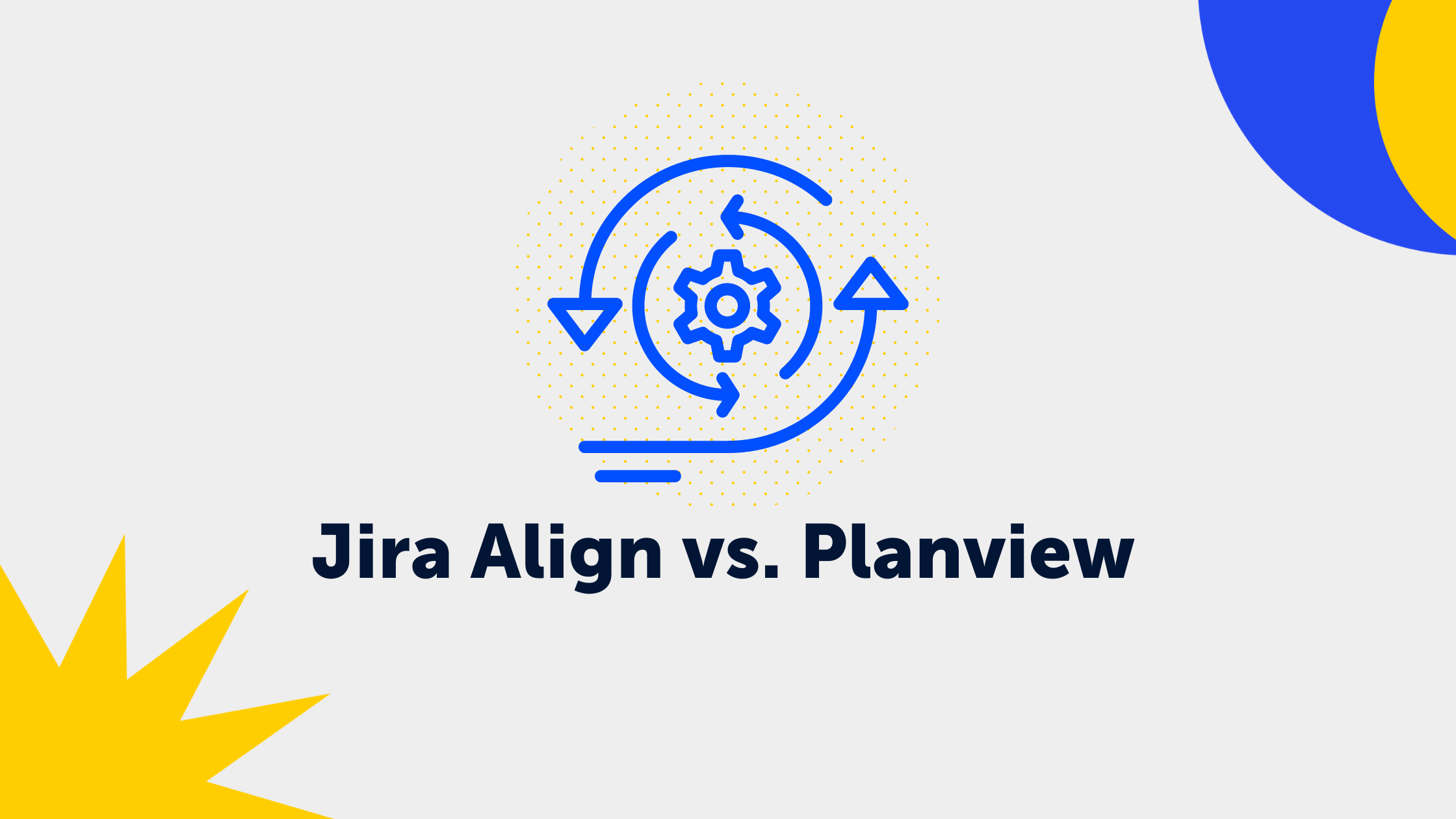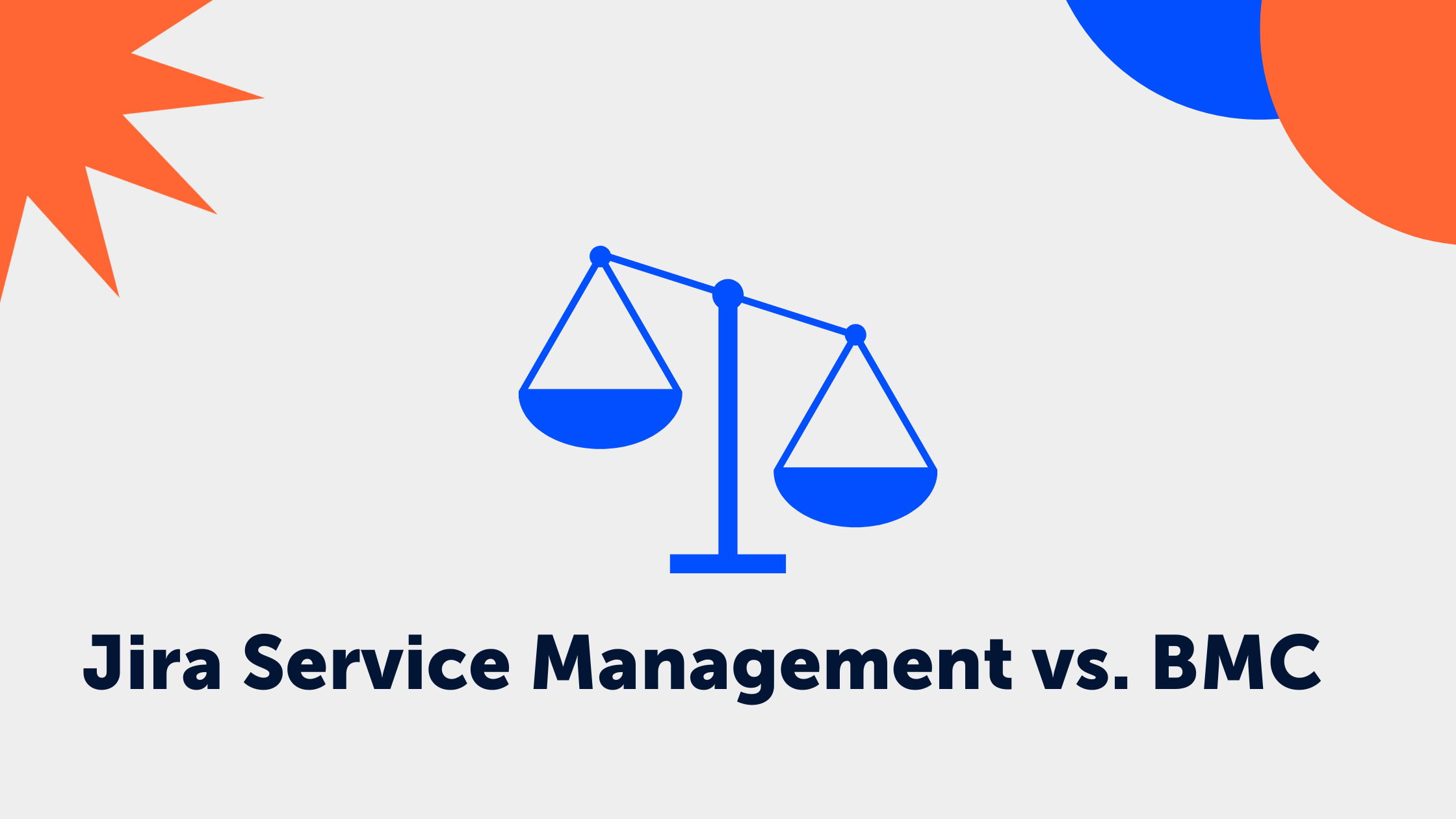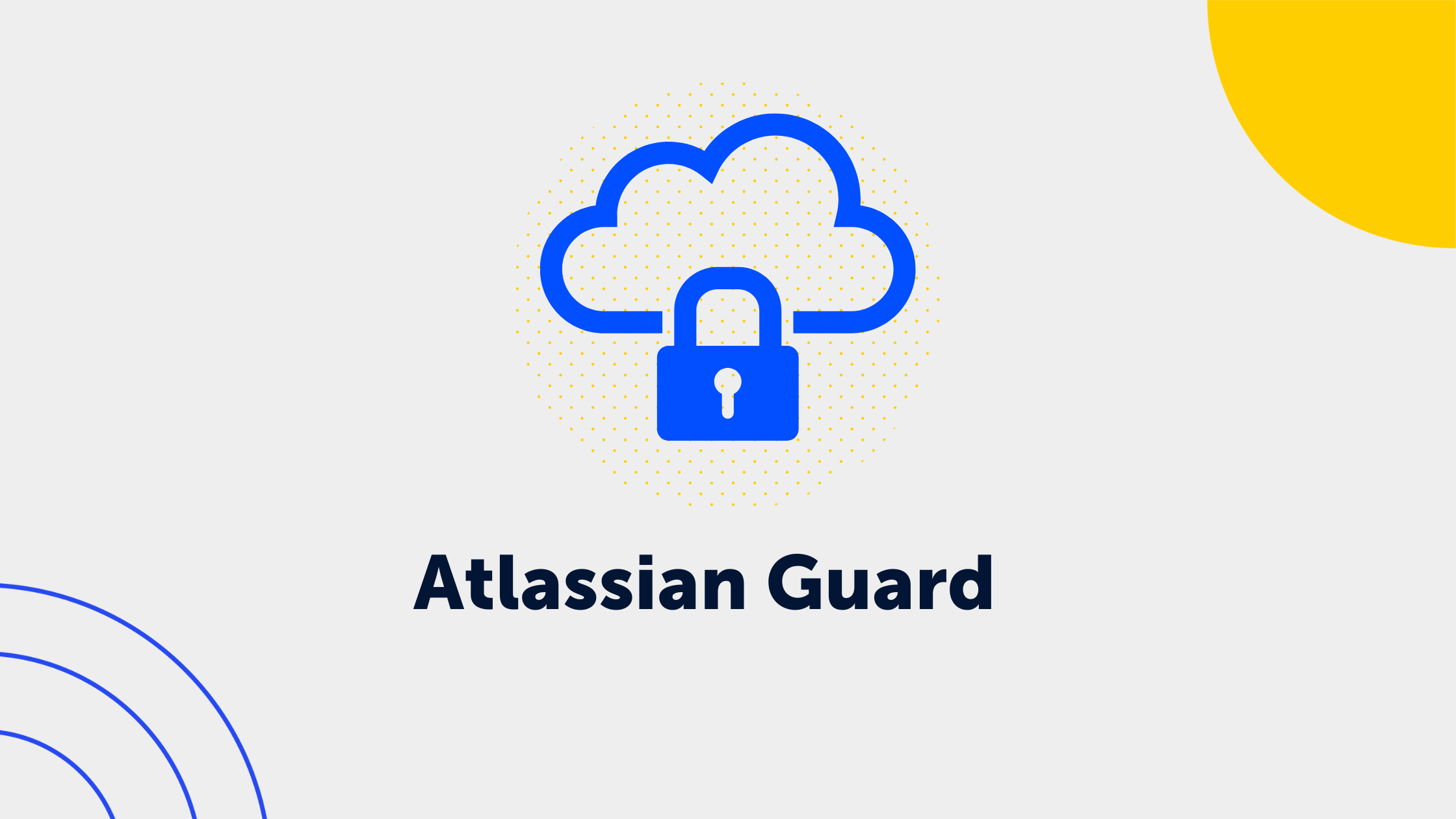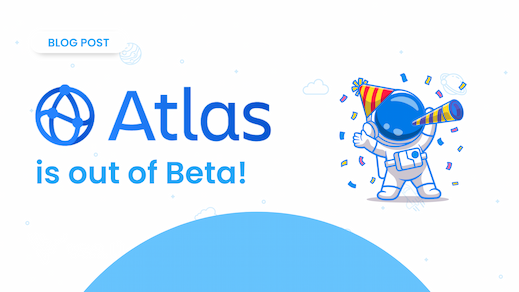
After a bit more than half a year Atlassian Atlas left it’s beta phase and is now the newest stand-alone product in the Atlassian ecosystem and product portfolio. With this move Atlassian not only introduced a pricing system for Atlas, but also new features, which all exclusively impact the new Standard and Premium paying plans.
But let’s start at the beginning: What is Atlas in the first place?
Atlas is, according to Atlassian, “the world’s first teamwork directory”. It was created to help teams across the world asynchronize their communication and by doing that keep everyone in sync.
It’s one more step towards avoiding media breaks and keeping all information stored in the Atlassian ecosystem, now even across different teams.
So just to give you an example of how it could be used in the day-to-day business: Teams could create content and store their team-intern information in Confluence, while tracking and distributing their work in Jira Software, just as we already know it. To inform the rest of the company about the newest project updates, they now don’t have to communicate that via Slack or MS Teams, but can just post a status update in Atlas, visible for everyone, but especially for the people who are interested in the project.
So what changed in comparison to the beta functionalities?
First the good news: The free plan will include all functions that Atlas already had during its beta phase and will be free for up to 35.000 users. This is simultaneously the user limit per instance, not just for the free plan, but for all of them. As we already know from other Atlassian products, the biggest difference, apart from new functionalities, between the different plans is the available storage. While the Premium plan supports an unlimited amount of storage, the Standard plan is limited to 250 GB and the free plan is limited to 2 GB. This goes hand-in-hand with the support Atlassian offers for Atlas. With the introduction of the paid plans, Atlassian also introduced audit logs exclusively for them.

Global Scoring
In the Standard and Premium plan, there is now the function to add goal scoring between 0.0 and 1.0 to your goals. This score is added by the goal owner in his monthly goal update. A score between 1.0 and 0.7 means that the goal is still on track, a score between 0.6 and 0.3 means that it’s at risk and anything below that means that it’s off track. This is especially helpful, if a company uses OKR’s and can be turned on in the workspace settings by the workspace admin.
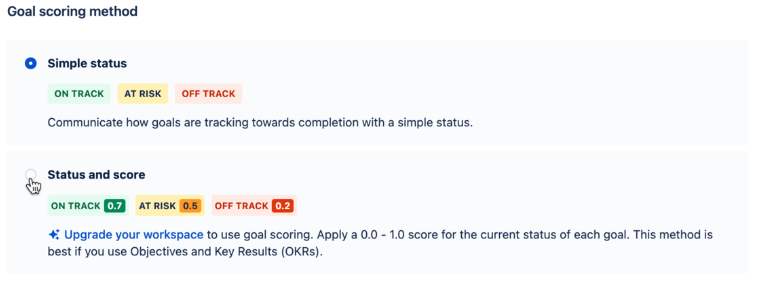
Private projects
The other big new feature for the Standard and Premium plan are private projects. Now, when you create a project you can restrict the access to it to either individual users or groups.
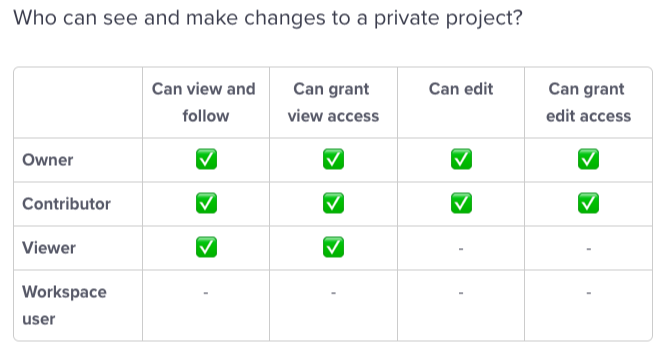
This feature is especially interesting for management teams, which may have projects they work on that shouldn’t be totally visible to everyone in the company. While there is the possibility to share these private projects in Slack, everything posted there will be visible for everyone in the Slack channel.
Pricing
The Standard plan will start at a monthly price of 3$ per user, while the Premium plan is starting at 6$ per user. These per user prices, as usual, will decrease the more users are using it in a company.
All in all, Atlassian is still improving a lot and always introducing more features to Atlas, which will make it an even more powerful communication tool inside of the Atlassian ecosystem! Are you interested in using Atlas in your company? Feel free to contact us directly:
#atlassian #atlas #teamwork #collaboration

